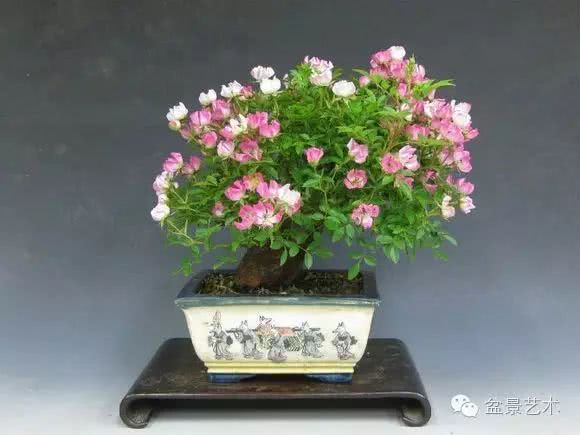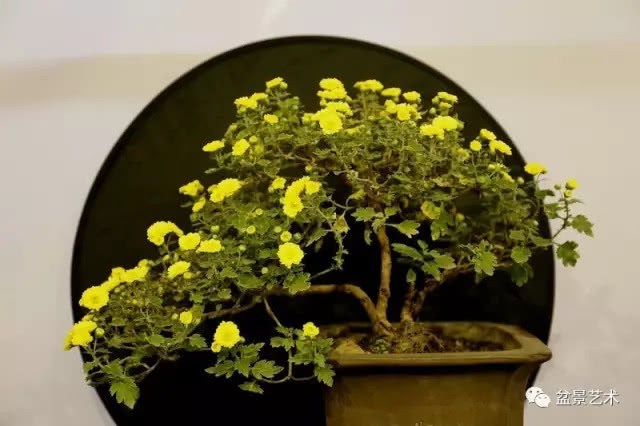Pot cultivation method of Rosa

cultivation techniques
Roses are light-loving flowers and trees that need plenty of sunshine. Suitable for growing in fertile, moist soil with good drainage.
Domestic rose flowers are prone to rose powdery mildew, symptoms are: young leaves pale gray, leaves become distorted, overlying
A layer of powdery mildew, serious leaf withered, flowers small and few, even can not bloom, germs can also infect flower stalks, stems and other parts. Pay attention to:
1. Improve rose growth conditions, proper ventilation, light transmission, less nitrogen fertilizer, more phosphorus and potassium fertilizer.
2. Spraying 1.02 kg/L sulfur agent to kill overwintering bacteria after winter pruning. Before disease onset, 200 times equivalent Bordeaux mixture can be sprayed for prevention. When disease onset, 15% triadimefon WP 1000 times solution or 70% thiophanate-methyl WP 1000 times solution can be sprayed.
artificial cultivation
Adaptability quite wide, in addition to winter in our country, the vast areas of the south, are suitable for planting. Wild roses have few diseases and insect pests. Artificial cultivation often has sawbees, scale insects, aphids, scorched leaf disease, canker disease, black spot disease and other diseases and insect pests. In addition to the attention should be paid to the use of chemical spray, the scenery should be used with other flowers and trees configuration, not too much planting. Every winter, old branches and dense branches are often pruned intensively to keep light transmission and good ventilation, which can reduce pests and diseases. Pruning is an indispensable important process in rose landscaping and shaping. If it is not properly pruned, it will grow into a pile of thorns, uneven, not only with many diseases and insect pests, but also with unsightly appearance.
The more plants grow, the more flowers they bloom, the more nutrients they need. They need to cultivate soil and fertilize once a year in winter to keep young shoots and flower buds lush and beautiful scenery. Cultivate potted flowers, more attention should be paid to pruning shaping. Cut flowers due to large flower production, flowering season should be fertilized 1~2 times a week, and should pay attention to the cultivation of flower mother branches, cut off the buds on weak branches.
reproductive mode
Rose flower seed can be used for seedling, but in production, shoot cuttings are often used in that year, which is easy to survive. Rare varieties are more difficult to cut, available layering or grafting propagation, asexual propagation of seedlings, that year can flower. For potted plants, older branches of superior varieties should be selected, seedlings should be raised by layering method, and attention should be paid to pruning main buds and artificial dwarfing. As cut flower seedlings, we should select varieties that can form flower picking mother branches and have large and colorful flowers.
common diseases
Roses can infect many diseases, most of which are caused by fungi. Powdery mildew is characterized by pale gray hypha bundles on the surface of young leaves and young stems. Black spot is caused by fungi, showing obvious black spots on leaves, which are easy to fall off. Rust is also a common disease of roses.
Wild roses have few diseases and insect pests. Artificial cultivation often has sawbees, rose sawflies, scale insects, aphids, scorched leaf disease, canker disease, black spot disease and other diseases and insect pests.
- Prev

It's a headache to choose a wardrobe. I'm afraid of excessive formaldehyde. Now people install this kind of moistureproof and it's healthier.
With the stable growth of house prices, many people have begun to choose to buy houses. What is the important thing to consider after buying a house? that is decoration! Decoration has always been a big problem for homeowners, especially now.
- Next

How to graft potted chrysanthemum
How to graft potted chrysanthemums? "picking wild flowers by the fence, I accidentally saw Nanshan." I believe everyone is familiar with this poem. Have you ever heard of chrysanthemum grafting? Today, the editor of flowers in Yunzhong shares some experience with you on how to graft potted chrysanthemums.
Related
- Wuhan Hospital Iron Tree Blooming Result Was Instantly Frightened by the Gardener Master
- Which variety of camellia is the most fragrant and best? Which one do you like best?
- What is the small blue coat, the breeding methods and matters needing attention of the succulent plant
- Dormancy time and maintenance management of succulent plants during dormancy
- Minas succulent how to raise, Minas succulent plant pictures
- What are the varieties of winter succulent plants
- How to raise succulent plants in twelve rolls? let's take a look at some experience of breeding twelve rolls.
- Attention should be paid to water control for succulent plants during dormant period (winter and summer)
- Watering experience of twelve rolls of succulent plants
- Techniques for fertilizing succulent plants. An article will let you know how to fertilize succulent plants.

